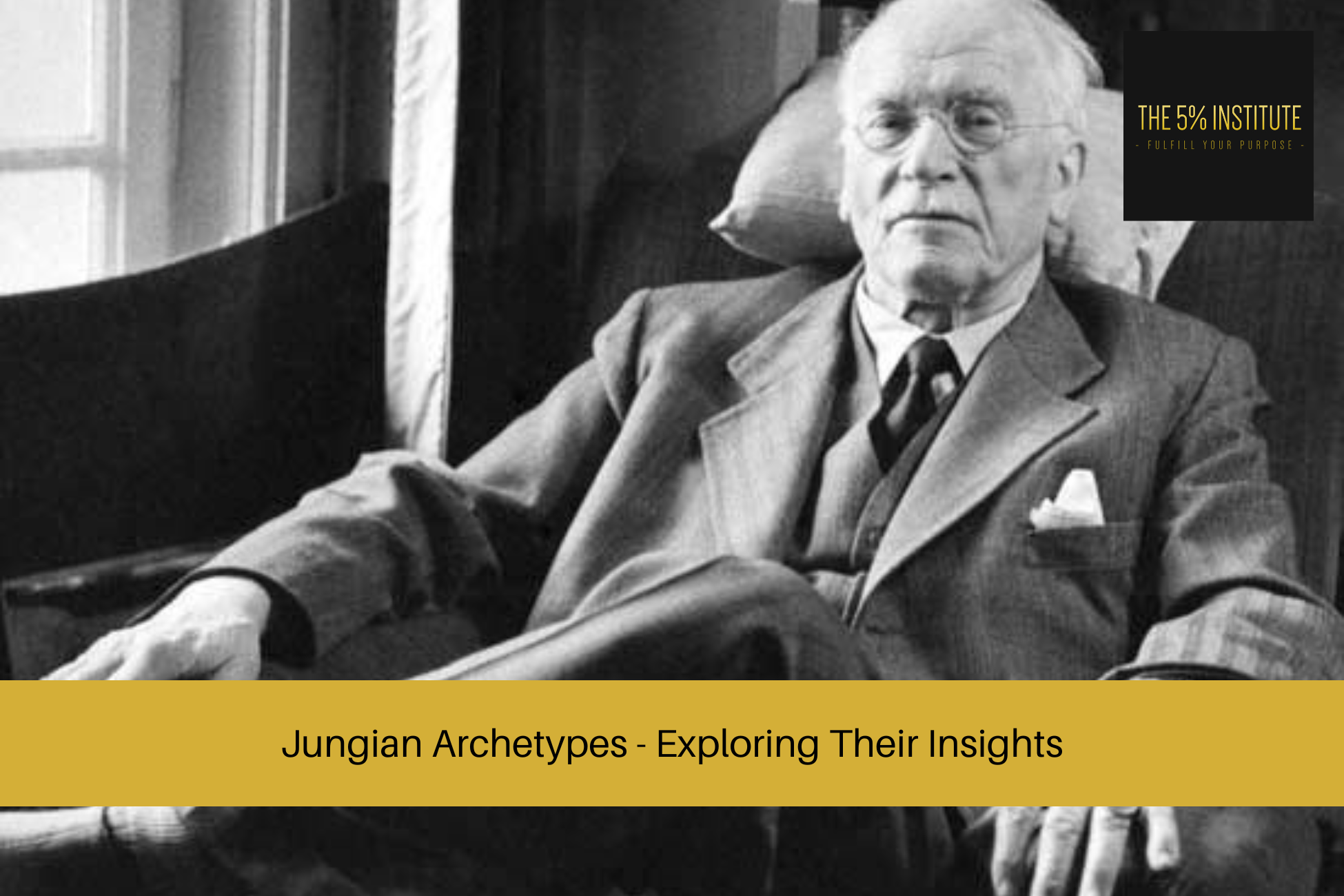
Jungian Archetypes – Exploring Their Insights
In the realm of psychology, few theories have left as lasting an impact as Carl Jung’s concept of archetypes. These innate, universal symbols and themes reside deep within our collective unconscious, shaping our thoughts, behaviours, and emotions. This article delves into the fascinating world of Jungian archetypes, shedding light on their significance, origins, and application in modern psychology.
The Origins of Jungian Archetypes
Unveiling the Mind of Carl Jung
Carl Gustav Jung, a Swiss psychiatrist and psychoanalyst, introduced the theory of archetypes as a fundamental element of his analytical psychology.
Drawing inspiration from his own experiences, dreams, and observations, Jung embarked on a journey to unravel the mysteries of the human psyche.
The Collective Unconscious and Archetypes
Jung believed in the existence of a collective unconscious, a reservoir of shared memories and experiences that transcends individual lives.
Archetypes, he argued, are the building blocks of this unconscious realm, representing universal themes and motifs that have been passed down through generations.
The Key Archetypes
The Heroic Quest: The Hero Archetype
One of the most recognizable archetypes, the Hero represents the journey of self-discovery and transformation.
From mythological figures like Hercules to modern heroes in literature and film, this archetype embodies the courage to overcome challenges and emerge triumphant.
The Sage: The Wisdom-Seeker Archetype
The Sage archetype embodies the pursuit of knowledge, wisdom, and insight.
Often depicted as a wise old figure, this archetype prompts individuals to seek deeper understanding and share their wisdom with others.
The Lover: The Archetype of Connection
At the core of human relationships lies the Lover archetype.
It symbolizes love, passion, and emotional intimacy, driving individuals to form connections and experience profound emotional bonds.
Applying Jungian Archetypes
Self-Discovery and Personal Growth
Jungian archetypes provide a powerful tool for self-exploration and personal development.
By identifying and understanding these archetypal patterns within ourselves, we can navigate life’s challenges with greater awareness and purpose.
Analysing Literature and Art
Literary works and art often contain rich symbolism rooted in archetypes.
Analysing these symbols allows us to uncover deeper layers of meaning and appreciate the intricate narratives crafted by authors and artists.
Psychological Therapy and Healing
Jungian archetypes play a significant role in psychotherapy.
Therapists use archetypal analysis to help clients explore their unconscious minds, confront unresolved issues, and achieve psychological healing and growth.
Embracing the Wisdom Within
In a world that often emphasizes the external, Jungian archetypes remind us to turn our gaze inward.
They invite us to explore the depths of our own consciousness, tapping into the wellspring of collective human experience that resides within us all.
Conclusion
In conclusion, Jungian archetypes offer a profound lens through which we can understand the intricate tapestry of the human psyche.
As we journey through the realms of heroes, sages, lovers, and beyond, we uncover the threads that connect us to our collective past and illuminate our path toward self-discovery and growth.
Whether exploring the pages of a novel or delving into the recesses of our dreams, the archetypes guide us toward a deeper appreciation of our shared human experience.
Frequently Asked Questions
Q1: Are archetypes the same as stereotypes?
A1: No, archetypes are universal symbols and themes that hold deep psychological significance, while stereotypes are oversimplified and generalized assumptions about groups of people.
Q2: Can individuals embody multiple archetypes?
A2: Yes, individuals can exhibit traits of several archetypes, and these traits can evolve over time based on experiences and personal growth.
Q3: How do archetypes influence dreams?
A3: Archetypes often manifest in dreams as symbols and scenarios that reflect unconscious thoughts, emotions, and conflicts.
Q4: Can archetypes change across cultures?
A4: While the core essence of archetypes remains constant, their manifestations and cultural interpretations can vary.
Q5: Is there a dark side to archetypes?
A5: Yes, some archetypes, such as the Shadow, represent repressed or negative aspects of the psyche that require acknowledgment and integration.
Want To Close Sales Easier?
Are you committed to closing sales a lot easier, and consistently?
If so, you should check out our self-paced and affordable online sales training program; The 5% Sales Blueprint.
It’ll give you everything you need to close sales consistently.
To learn more, simply click on the link below for more information.
Our Online Sales Training Program – The 5% Sales Blueprint.



